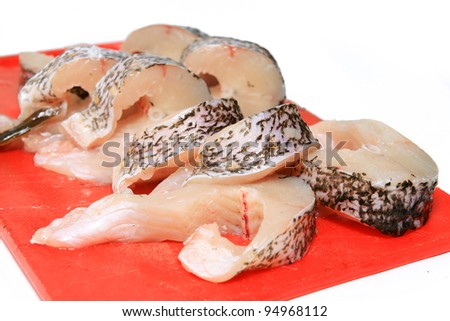Gaskins says he believes women have been “scared off
fish” because of the growing threat of mercury poisoning and adds that there’s
low-level contamination in commonly eaten seafood such as shrimp and canned
tuna. As healthy as it may have been to have fish on the menu at least twice a
week 100 years ago, the growing problem of tainted waters has led to fish being
contaminated by mercury and other pollutants.
But how does mercury get into the fish in the first
place? Primarily, there are mercury “hot spots” where accumulation comes from chlorine
production facilities, offshore oil-drilling platforms and coal-burning power
plants. Scientific American notes that while mercury is a naturally occurring
element found in plants, animals and elsewhere throughout the environment,
human involvement in industrial endeavors for the last 150 years or so has
“ratcheted up” the amount of airborne mercury.
It’s not a negligible amount — it’s substantial.
Fish and many types of ocean life ingest the mercury — more specifically,
methylmercury cysteine, the type found in seafood — until it finally reaches
the humans who eat it. Live Science observes, “Mercury in humans may cause a
wide range of conditions including neurological and chromosomal problems and
birth defects.” Additionally:
“Once in
the water, mercury makes its way into the food chain. Inorganic mercury and
methylmercury are first consumed by phytoplankton, single-celled algae at the
base of most aquatic food chains. Next, the phytoplankton are consumed by small
animals such as zooplankton.
The methylmercury
is assimilated and retained by the animals, while the inorganic mercury is shed
from the animals as waste products … Small fish that eat the zooplankton are
exposed to food-borne mercury that is predominantly in the methylated form.
These fish are consumed by larger fish, and so on until it gets to humans.”
An example of how insidious toxic mercury
contamination is has to do with larger fish, such as tuna, swordfish, shark,
large bluefish and grouper, having exponentially more mercury in them because
they eat smaller fish, and the contamination is cumulative.
Article Source: Dr Mercola at Mercola.com

